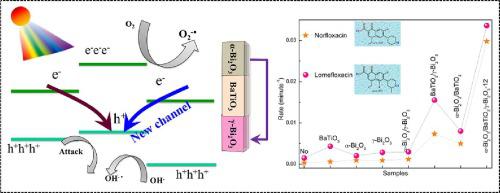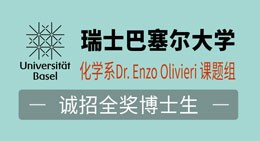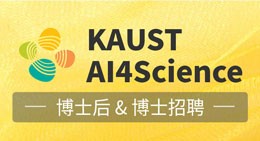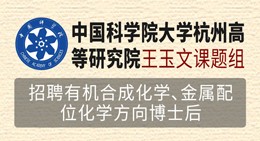Chemical Engineering Journal ( IF 13.3 ) Pub Date : 2023-03-24 , DOI: 10.1016/j.cej.2023.142586
Man Yu , Bangfu Ding , Jiawei Wu , Shun Zheng , Xin Qian , Lei Zhang , Shukai Zheng , Liang Mao , Junying Zhang

|
Incomplete lattice transition in heterojunction preparation can generate another crystal phase to provide a new transfer channel of electrons and holes for enhancing photocatalytic activity. In this paper, the hydrothermal synthesis of BaTiO3 and α-Bi2O3 composite induced a part of α-Bi2O3 to γ-Bi2O3 lattice transition. Except for α-Bi2O3/BaTiO3 interface, a new BaTiO3/γ-Bi2O3 contact was formed to realize another transfer channel of the charge carriers. The removal efficiencies of norfloxacin and lomefloxacin using the optimal α-Bi2O3/BaTiO3/γ-Bi2O3 sample reached 93% and 95%, much higher than those of the pure phases and the diphasic heterojunction samples. After five times of cycle tests, the photodegradation efficiencies of these two antibiotics were above 90% and 91%, respectively, while the crystal structure of the sample unchanged to exhibit good structure stability. The superoxide radical (O2 −), hole, and hydroxyl radicals (OH−
−), hole, and hydroxyl radicals (OH− ) were the main active substances upon the antibiotics degradation. The photocatalytic enhancement mechanism was originated from the formation of a new Z-type energy band according to the surface and interface calculation. Finally, the analysis of mass spectrometry revealed the degradation processes of these two pollutants. These results provided a simple way to obtain efficient double interfaces heterojunction photocatalysts for removing antibiotic pollutants.
) were the main active substances upon the antibiotics degradation. The photocatalytic enhancement mechanism was originated from the formation of a new Z-type energy band according to the surface and interface calculation. Finally, the analysis of mass spectrometry revealed the degradation processes of these two pollutants. These results provided a simple way to obtain efficient double interfaces heterojunction photocatalysts for removing antibiotic pollutants.
中文翻译:

从 α-Bi2O3 到 γ-Bi2O3 的新型不完全相变构建双界面与 BaTiO3 接触以高效降解抗生素
异质结制备中不完全的晶格转变可以产生另一个晶相,为增强光催化活性提供新的电子和空穴传输通道。在本文中,BaTiO 3和α-Bi 2 O 3复合材料的水热合成诱导了一部分α-Bi 2 O 3到γ-Bi 2 O 3晶格转变。除了α-Bi 2 O 3 /BaTiO 3界面,新的BaTiO 3 /γ-Bi 2 O 3形成接触以实现电荷载流子的另一个传输通道。使用最佳α-Bi 2 O 3 /BaTiO 3 /γ-Bi 2 O 3样品对诺氟沙星和洛美沙星的去除效率分别达到93%和95%,远高于纯相和双相异质结样品。经过五次循环测试,这两种抗生素的光降解效率分别在90%和91%以上,样品的晶体结构没有变化,表现出良好的结构稳定性。超氧自由基 (O 2  - )、空穴和羟基自由基 (OH -
- )、空穴和羟基自由基 (OH - ) 是抗生素降解后的主要活性物质。根据表面和界面计算,光催化增强机制源于新的Z型能带的形成。最后,质谱分析揭示了这两种污染物的降解过程。这些结果为获得用于去除抗生素污染物的高效双界面异质结光催化剂提供了一种简单的方法。
) 是抗生素降解后的主要活性物质。根据表面和界面计算,光催化增强机制源于新的Z型能带的形成。最后,质谱分析揭示了这两种污染物的降解过程。这些结果为获得用于去除抗生素污染物的高效双界面异质结光催化剂提供了一种简单的方法。

































 京公网安备 11010802027423号
京公网安备 11010802027423号